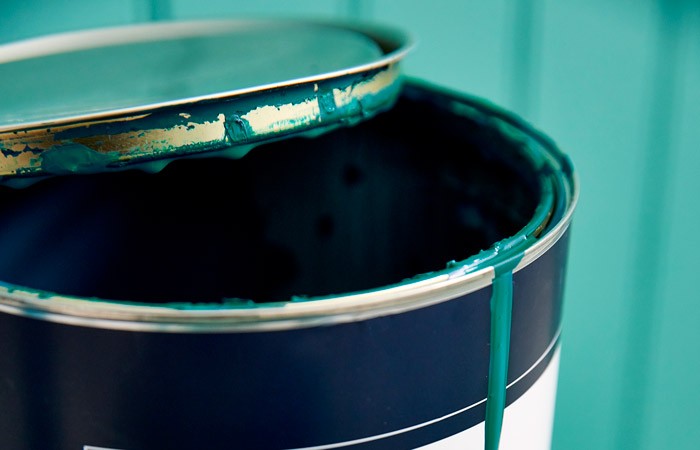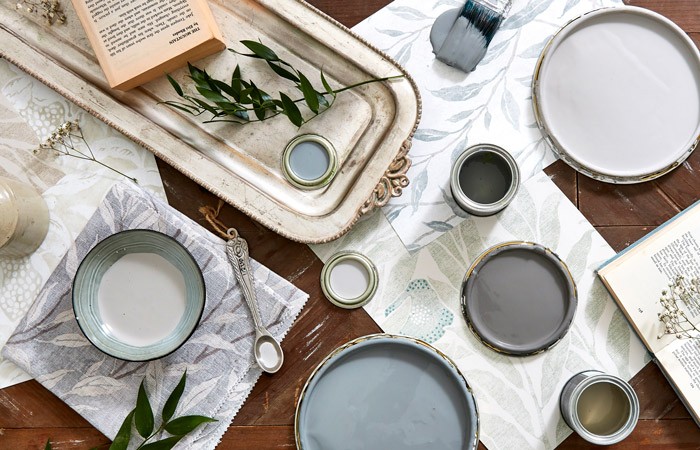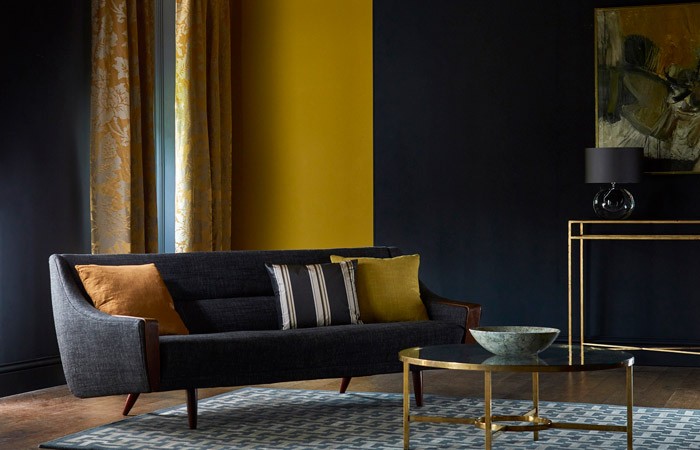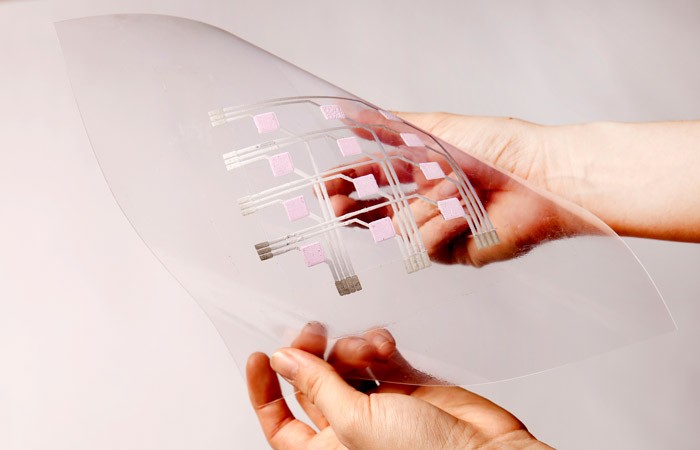The ever-flowing history of paint
Like many of the materials we’ve already focused on this year, paint is another that we have a very deep connection with as a species. The early origins of paint takes us back 100,000 years, when Ochre was used to make a paint-like mixture to adorn the walls of caves. Since its inception, paint has remained a stalwart of human expression and communication, those early depictions of animal and human interactions paving the way for all ends of the imagination to pour henceforth onto page, canvas, ceiling, wall, body and product alike.
Paints everlasting success comes from its universal adaptability. As the human race developed so too did the ability to mix different raw materials to create thin surface coatings. Long before the word ‘paint’ even existed, countless examples of pigments mixed with binders – the film-forming component of paint – were in use independently from one and other across the globe. The same realisations were being made everywhere; paint offers a trifecta of attributes – colour, protection and texture.
Like many of the materials that surround us, once the Industrial Revolution got into full affect the development of paint accelerated with unbridled speed. Natural minerals and raw materials were still used to create some paint, but the advent of synthetic binders, which mainly include plastics and some natural resins, coupled with the invention of engineered pigments paved the way for pre-mixed paint straight from the tin – first invented by Sherwin Williams in 1866.
The ability to quickly and easily apply a fresh layer of colour that simultaneously protects the wall or ceiling was a major factor in the pursuit of decorating, which picked up speed during the 19th century. In 1900 Arthur Sanderson chose to introduce a small collection of paints to complement his already popular wallpaper and fabric collections. The Sanderson paint range now includes 154 colours in a selection of finishes, which include emulsion, and both water-based and oil eggshell. This year the Sanderson design team launched 50 new shades that suit contemporary taste as well as the desire for evermore choice.
Whilst there is a leaning toward chalky finishes and pastel shades across the industry at present, the new Zoffany Alchemy of Colour paint collection offers rich and artistic shades that draw reference from the Zoffany silk archives. Colours like Huntsman Green, Vesuvius and Gargoyle were created in the Zoffany Alchemy Studio by extracting natural plant dyes and crushing minerals to create their own pigments that emanate the jewel-like colours of old. Once again paint works coherently with other surface solutions as Peter Gomez, Head of the Zoffany studio commented at the launch of Alchemy of Colour,
“These pure colours have been singing through our wallcoverings and fabrics since AW16, but this is the first time we have transformed these hues into paint colours. The development of this launch required meticulously blending tones to create authentic shades of new neutrals, earthy greens and salient highlight colours.”
Of course, whilst paint can be applied straight to a wall or ceiling to transform an interior, it can also been applied directly to other materials, changing their appearance with chameleonic aplomb. Gx Glass uses a water based paint system called ColourX to back paint glass by spraying smaller pieces or roller coating larger volumes. The paint is cured using heat and provides a hardwearing and visually striking surface effect. What’s more, the versatility of paint means that other processes can be applied to create even more ambitious effects. For instance, Gx Glass have created a gold leaf imitation by applying a ceramic base coat before adding a gold paint to the back of the glass. Paint can even be used with laminate products, acid finished and textured glass such as reeded to create almost infinite possibilities.
Paint looks set to be around us for some time to come, even in creating the screens that we interact with and absorb all our information from. As we already mentioned in this months graduate exhibition article, designer Carolyn Tam has invented TechniChrome, a new form of digital display that is full of potential and incredible flexibility. Her paintable screens do away with fixed frames and the limitations that come with them. It sounds like the perfect coupling; we’ve almost all picked up a roller or brush in our time and at the same time, are more and more locked onto our display screens of one kind or another. As Tam explains, the possibilities are both endless and exciting,
“Using a combination of pixel paints, users can paint displays onto things like walls, furniture, or any other surface they can think of. This disrupts the way we present digital information by opening up any surfaces to potentially become an active display for information.”
Contact Style Library Contract









